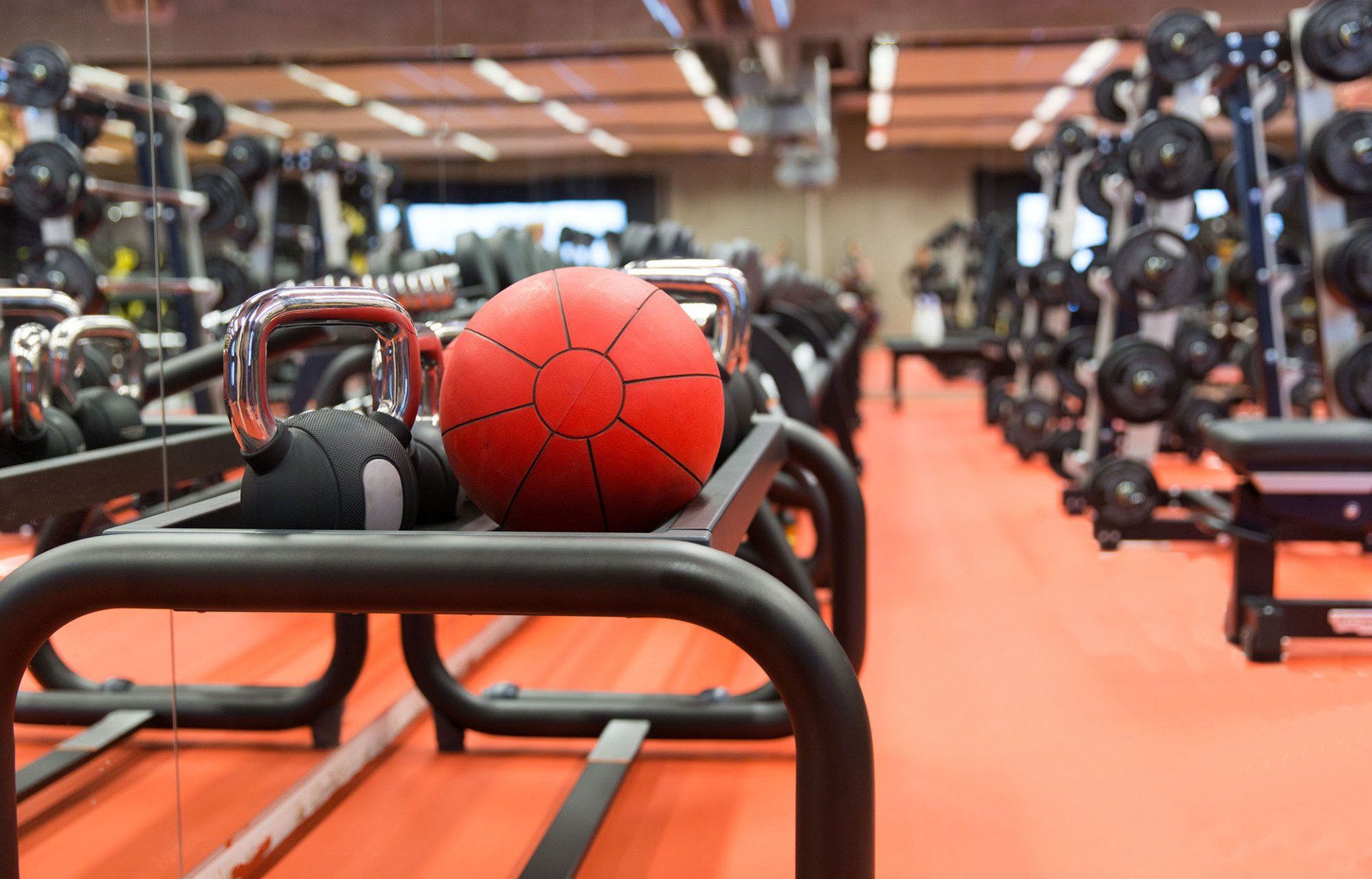Walking Does Wonders
Walking Does Wonders
Whenever we’re told that weight loss can also mean muscle loss, heavy weights and crowded gyms may come to mind. While strength training is a critical part of maintaining our weight loss efforts, slowly and correctly doing any exercise is very important. Numerous reputable sites are on line but an experienced trainer can provide you with the necessary individualized instructions. Many even recommend walking as a beneficial starter or even long term exercise to keep you strong.
In recent studies, women who walked briskly three times a week for 30 minutes and added two moderately paced walks twice a week, burned more abdominal fat than some individuals that went to the gym. There is a strong relationship between the intensity of the exercise and fat burning hormones. When women briskly walk regularly, the deep abdominal fat is one of the first areas to burn. Additionally, walking is easier on the joints than running. The impact on the body is reduced due to one foot always being in contact with the ground. Walking is a smart, long term fitness plan for most. Start slowly and build up your speed and time. Walking is also a great way to maintain cardiovascular fitness.
Different walking speed will burn a variable numbers of calories:
Strolling: 238 calories per hour
Brisk walk: 340 calories per hour-you can talk but need to catch your breath every 15-20 seconds
Power walking: 564 calories per hour. Your arms are used to propel you forward and your strides are longer. You need to focus on breathing and it’s difficult to speak more than five words at a time.
Some trainers recommend walking routines with intervals of brisk walking alternated with moderate speed paces. While you don’t have to pre-stretch, a strolling warm up of five minutes is strongly suggested and a five minute cool down is suggested as well.
If you are intent on burning more fat; hike off road, swing your arms or add hills to your routine. A one to five percent incline can increase your calorie burn by 20 percent. By increasing your stride instead of steps, more fat is burned during your walk. If you’ve been sedentary, you’ll need to adjust your pace and the distance that you first walk. The build up to a faster pace should be gradual. Wear shoes with enhanced shock absorption in the heel. I don’t suggest ankle weights. They interfere with your gait and may cause repetitive motion or stress injuries. Be cautious with hand weights while walking. It can affect your stride and slow the swinging of the arms. If the weights are too heavy, you may incur shoulder injury.
Correct Form includes keeping your chin up and gaze forward. Remember to pull your belly button inward toward your spine to trigger good posture. Concentrate on keeping your glutes (backside muscles) tight as they propel you through your walk.
Walking can improve sleep, memory, and mood. It can even DECREASE your appetite for high carbohydrate or sugary foods. This regular activity is proven to lower blood pressure, high cholesterol, and anxiety. The movement as well as the weight loss, improves symptoms of joint pain and stiffness. Walking outdoors in the sunlight can even improve your vitamin D level.
So whether you’re on an elliptical, in your yard or on a track, walk more often, further and faster as you watch your weight and movement improve.
Exercise routines should always be ok’d by your Doctor or health care professional. If you have special needs, always ask for advice on how to adjust any activity plan. Your “walking” plan may have to be a stationary peddler to start. ANY activity start will put you on the road to better health. If walking is your choice of exercise; proper form, stride, arm movement, footwear and alignment are essential.











Share On: